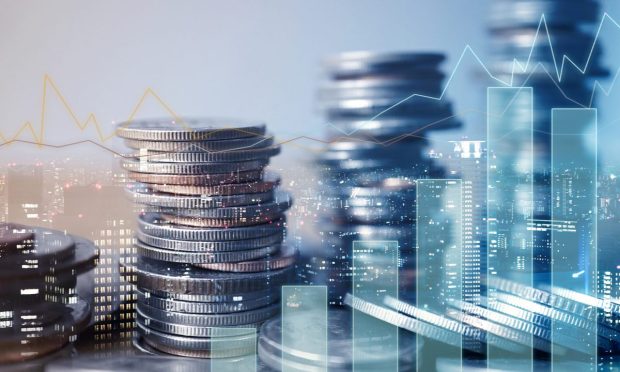B2B Finance Platform Upswing Raises $4M

Open B2B finance platform Upswing Financial Technologies has raised $4 million from global fund QED Investors.
As Entrepreneur reported Monday (Feb. 28), the company will use the funding to develop plug-and-play platforms for open finance and to help FinTechs and consumer tech players offer financial services. Upswing is working with banks on the stack, which is due to go live over the course of this year in phases.
“In this decade of banking, consumers will opt to access their financial services from any digital interface, which may necessarily not belong to a bank,” said Anupam Bagchi, who co-founded Mumbai-based Upswing with fellow ex-banker Nihar Gupta.
“Upswing’s open finance-as-a-service platform is highly customisable, simple and modular and will significantly reduce the integration efforts of consumer tech players to launch financial products like savings accounts, deposits and lending services,” Bagchi said.
“In the coming decade, consumer companies will ubiquitously offer banking and financial products,” added Sandeep Patil, partner and head of QED’s operations in Asia. “Upswing will be a vital ecosystem player providing consumer-centric solutions as well as the right compliance and security infrastructure.”
Also joining in the funding round were Better Capital, Amara VC, Multiply Ventures, Capier Investments and Utsav Somani from AngelList.
QED, which had previously invested in firms like Nubank, Credit Karma and SoFi, focuses on the financial technology sector.
Read more: Indexes Offer Framework for Tracking Connected Economy, Other Macro Investment Themes
PYMNTS spoke to QED partner Amias Gerety earlier this month on the benefits of indexes, which he said provide investors with a way to structure their thinking about the world across simultaneous convictions — the directions in which society is headed.
“An index allows you to connect a long-term conviction … to a group of companies that move along with that theme,” he said. “That’s important for investors, but also for us as observers of the economy to understand what is going on — and what the market thinks is going on.”
